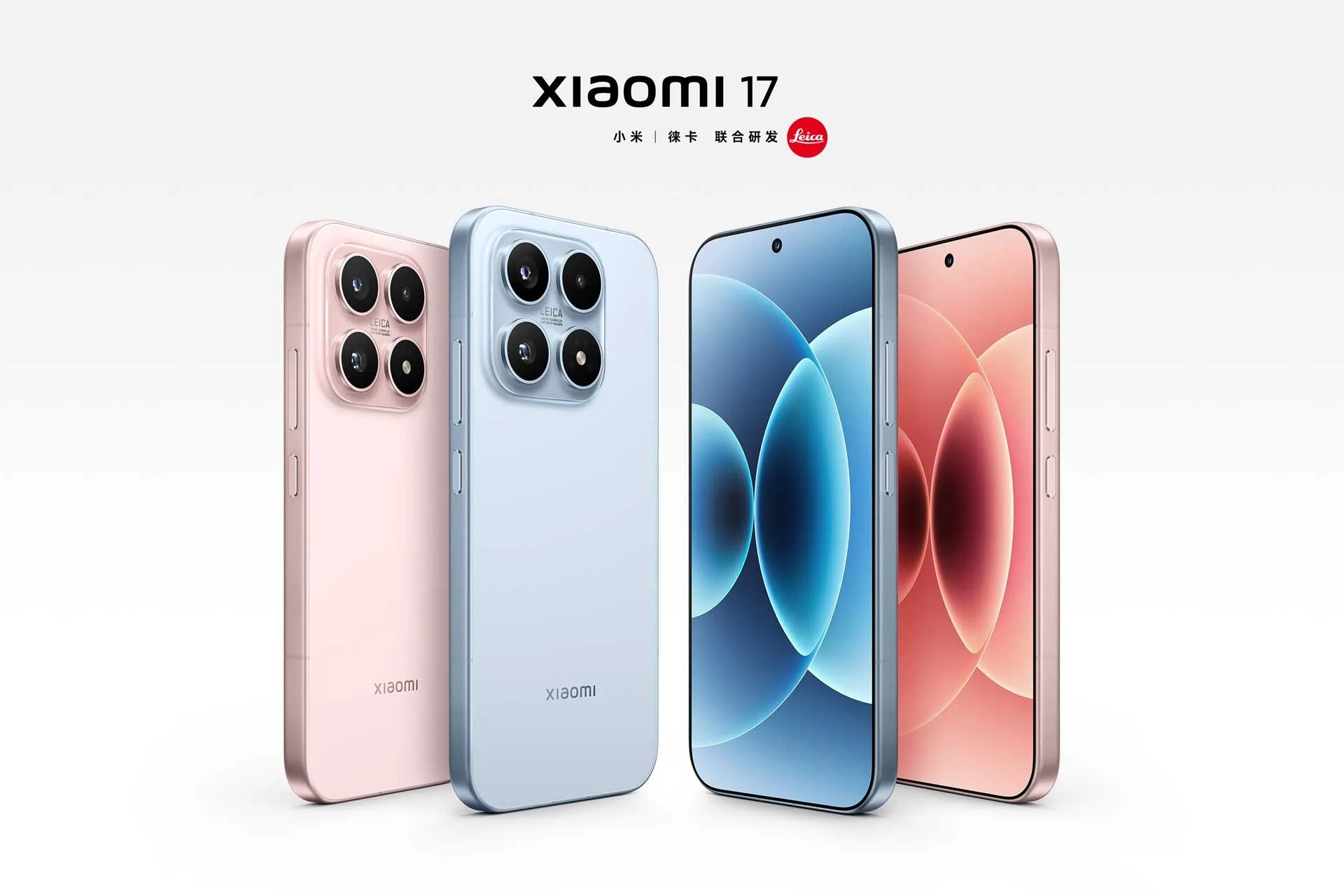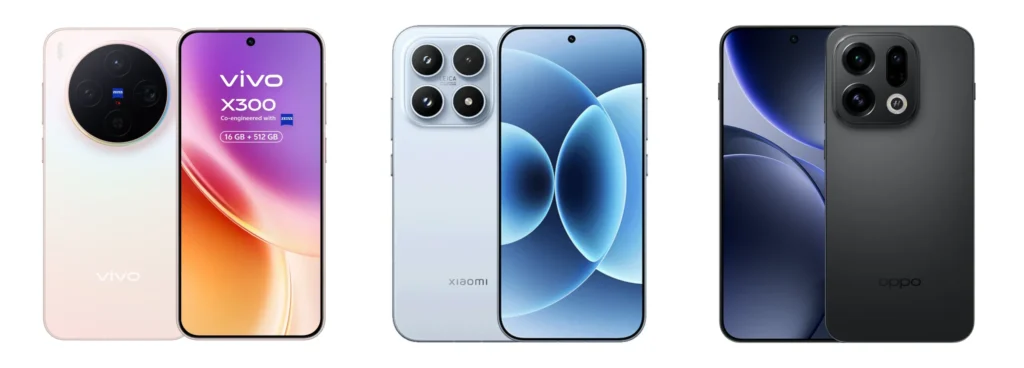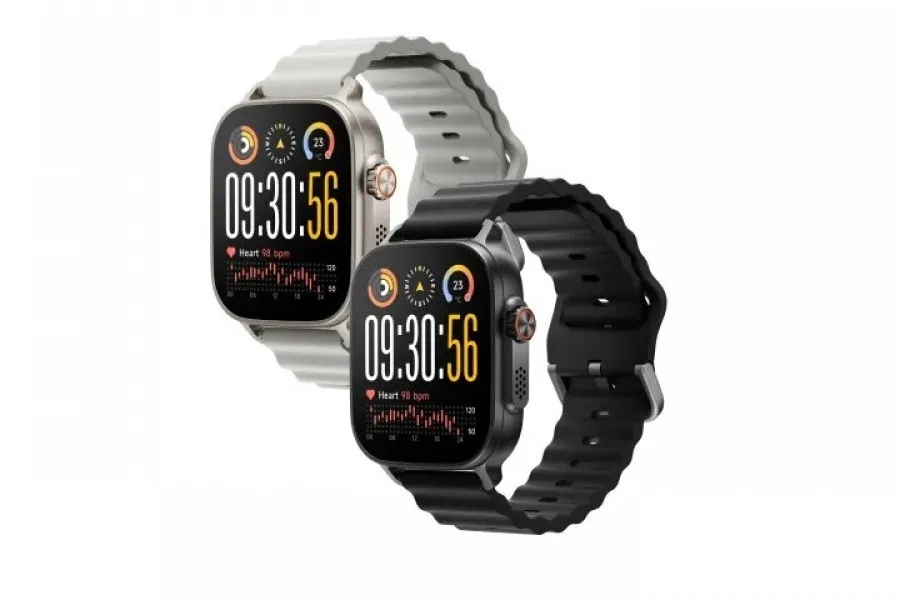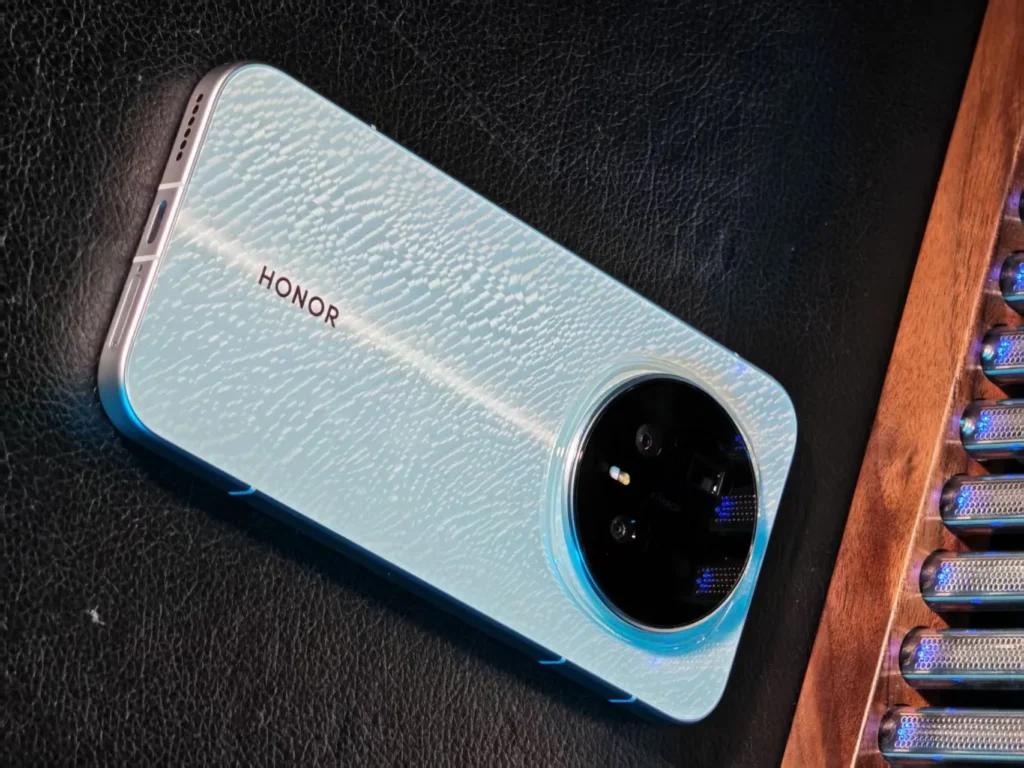Vivo X300, Xiaomi 17, OPPO Find X9: The “Base Models” That Are No Longer Basic
In the past, the premium smartphone landscape was straightforward: a standard model, a “Pro” variant for the most demanding users, and sometimes a “Lite” version for the general public. However, by 2025, this hierarchy has become blurred.
The “base models” of major Chinese brands — Vivo, Xiaomi, and OPPO — now directly compete with their Pro counterparts. Their specifications, design, and performance place them on par with the most prestigious flagships, but at a more accessible price point.
Vivo, Xiaomi, and OPPO: A Trio of New Flagships
The Vivo X300, Xiaomi 17, and OPPO Find X9 were released within weeks of each other. All three are positioned as “essential” flagships, without major compromises. Yet, each interprets the recipe for the perfect smartphone differently.
Design and Display: Elegance and Symmetry
All three models adopt a similar form factor:
- Vivo X300 and Xiaomi 17: approximately 6.3 inches, compact design, and perfectly symmetrical thin bezels.
- OPPO Find X9: slightly larger at 6.59 inches, catering to those who prefer a more immersive display.

All three use a LTPO AMOLED panel with 120Hz refresh rate, HDR10+, and impressive peak brightness:
- Xiaomi: 3,500 nits
- Vivo: 4,500 nits
- OPPO: 3,600 nits
While these figures are theoretical, they ensure excellent readability in bright sunlight.
All three models offer an IP68 rating, with Vivo and OPPO going even further with an IP69 rating — a rarity that protects against high-pressure water jets.
Performance: Snapdragon versus Dimensity
Their most significant difference lies under the hood.
- Xiaomi 17 is powered by Qualcomm’s Snapdragon 8 Elite Gen 5, a powerhouse with Oryon cores up to 4.6 GHz and an Adreno 840 GPU.
- Vivo X300 and OPPO Find X9 rely on MediaTek’s Dimensity 9500, built on a 3nm process with “C1 Ultra” cores at 4.21 GHz.

In real-world usage, performance gaps are minimal. All three deliver impeccable fluidity, supported by LPDDR5X memory and UFS 4.1 storage.
Cameras: Three Philosophies
This is where each brand asserts its identity:
- Vivo X300: A photography powerhouse, featuring a 200-megapixel Samsung HPB main sensor, two 50-megapixel modules (telephoto and ultra-wide), Zeiss optics, and the option for an attachable teleconverter.
- Xiaomi 17: A trio of 50-megapixel cameras from Leica, boasting a 1/1.31-inch main sensor, f/1.7 aperture, and 8K Dolby Vision recording. It strikes a balance between precision and versatility.
- OPPO Find X9: A triple 50-megapixel setup calibrated by Hasselblad, including a 3x periscope telephoto lens and a 1/1.4-inch main sensor. More understated, yet consistently effective.

Battery Life and Charging
All three brands have adopted silicon-carbon battery technology, which is denser and more durable:
- OPPO Find X9: 7,025 mAh, 80W wired/50W wireless
- Xiaomi 17: 7,000 mAh, 100W wired/50W wireless
- Vivo X300: 6,040 mAh, 90W wired/40W wireless
All can charge to 100% in under 40 minutes.
Software and Experience
All three run on Android 16, with their respective overlays:
- HyperOS 3 (Xiaomi)
- OriginOS 6 (Vivo)
- ColorOS 16 (OPPO)
They all offer an ultrasonic fingerprint sensor, stereo speakers, NFC, and an infrared port, though they lack a headphone jack.
Verdict: Three Philosophies, No Loser
There is no clear “winner,” but rather three excellent options:
- Vivo X300: The choice for photographers and creatives, featuring a 200-megapixel sensor and unprecedented pro options.
- Xiaomi 17: The perfect versatile smartphone — balanced power, battery life, design, and photography.
- OPPO Find X9: The most enduring and reliable for everyday use, built to last.
The market for “accessible” flagships is redefining the smartphone landscape. With these models, Vivo, Xiaomi, and OPPO demonstrate that it is no longer necessary to spend over €1,500 to acquire a premium smartphone.
In 2025, the “base models” have never been so comprehensive, powerful, and ambitious — to the point of questioning the necessity of even the “Pro” versions.




